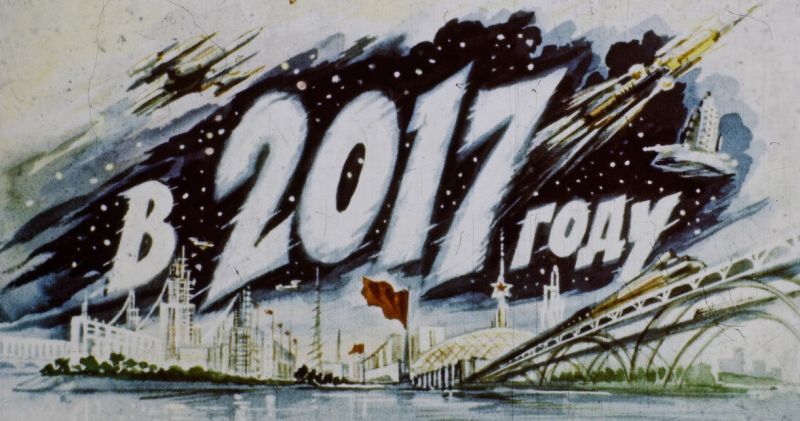It comes as something of a surprise to realize that the filmmaker Jonathan Demme, who died last week, never made a television series of his own. He did, in addition to features like Something Wild and The Silence of the Lambs and documentaries like Stop Making Sense, direct a few episodes of TV shows as varied as Saturday Night Live and Enlightened. But we never got to see a full-on created-by-Demme series that, in this long Golden Age of Television in which we live, could surely have showcased in an even deeper way his much-praised interest in and empathy for humanity. But we can get a sense of how one might have played from “A Family Tree,” the Rosanna Arquette-starring sitcom episode he made in 1987 for the PBS prime-time comedy series Trying Times.
Demme, in the words of The New Yorker’s Dan Piepenbring, “directed an ensemble comedy about CB-radio enthusiasts, a documentary on an Episcopalian minister, and the only episode of Columbo to traffic in the drama of haute cuisine. But never did he roam farther afield than he does in ‘A Family Tree,’ a pitch-black anti-sitcom about an anxious young woman whose desire to belong leads her — perhaps in a nod to Stop Making Sense — to literally burn down the house. Fittingly, David Byrne himself is there to watch the flames go up, enjoying an imperious turn as a cigar-puffing, pie-hiding, reptile-obsessed brother-in-law.” And who could resist, having read a description like that, giving the episode a watch on Youtube, available there in three parts (watch them above and below)?
The production certainly stood out from the American televisual landscape of the time. The Chicago Tribune’s TV critic Clifford Perry, after trashing the then-new Full House, described Demme’s episode of Trying Times, the series’ premiere, as “built upon sick humor and a pervasive nastiness,” highlighting “an appealingly vulnerable performance by Arquette as the harassed outsider who suffers through cigar smoke, belching, homemade applejack, intramural bickering and a barrage of insults — as well as her own ineptitude, which results in a series of household disasters. Fine support is given by Hope Lange as the shrewish mother, Robert Ridgely as the just-fired father,” and particularly Byrne “as the acerbic yet boring brother-in-law-to-be.”
Ultimately, Perry judged “A Family Tree” as a “schizophrenic half-hour” that “veers between the farcical and the surreal,” which presumably wasn’t intended as a straightforward compliment. Today, however, its laugh track-free tone of intimate unease and realism unapologetically tinged with the bizarre would no doubt win it a considerable following. The tributes paid to Demme have described him as a maker of films well rooted in their eras and settings, but now we know he could make television thirty years ahead of its time as well.
Related Content:
Based in Seoul, Colin Marshall writes and broadcasts on cities and culture. He’s at work on a book about Los Angeles, A Los Angeles Primer, the video series The City in Cinema, the crowdfunded journalism project Where Is the City of the Future?, and the Los Angeles Review of Books’ Korea Blog. Follow him on Twitter at @colinmarshall or on Facebook.








